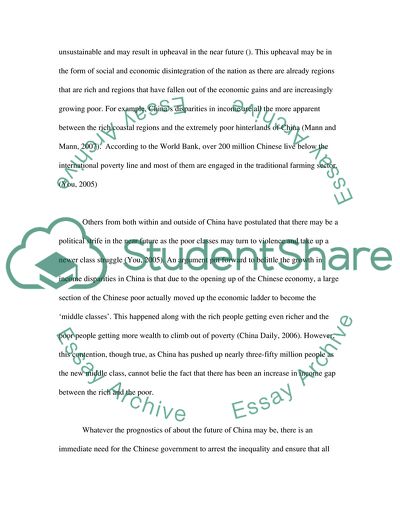Cite this document
(Disparity Between the Rich and the Poor in China Research Paper, n.d.)
Disparity Between the Rich and the Poor in China Research Paper. https://studentshare.org/sociology/1725489-china
Disparity Between the Rich and the Poor in China Research Paper. https://studentshare.org/sociology/1725489-china
(Disparity Between the Rich and the Poor in China Research Paper)
Disparity Between the Rich and the Poor in China Research Paper. https://studentshare.org/sociology/1725489-china.
Disparity Between the Rich and the Poor in China Research Paper. https://studentshare.org/sociology/1725489-china.
“Disparity Between the Rich and the Poor in China Research Paper”. https://studentshare.org/sociology/1725489-china.


